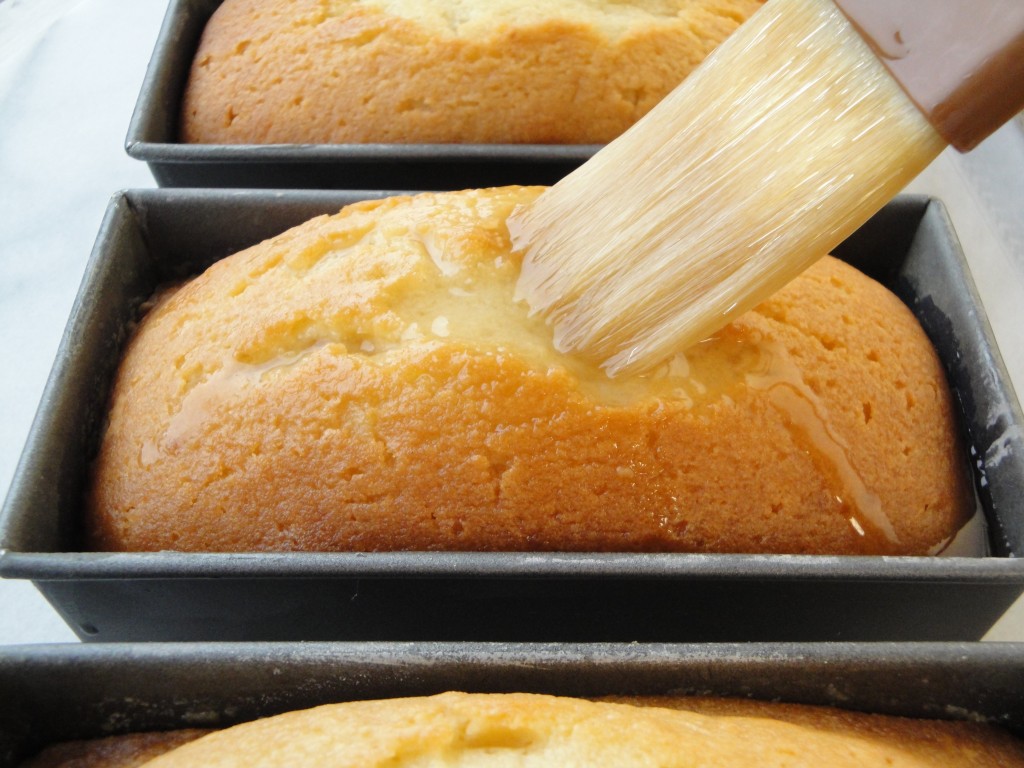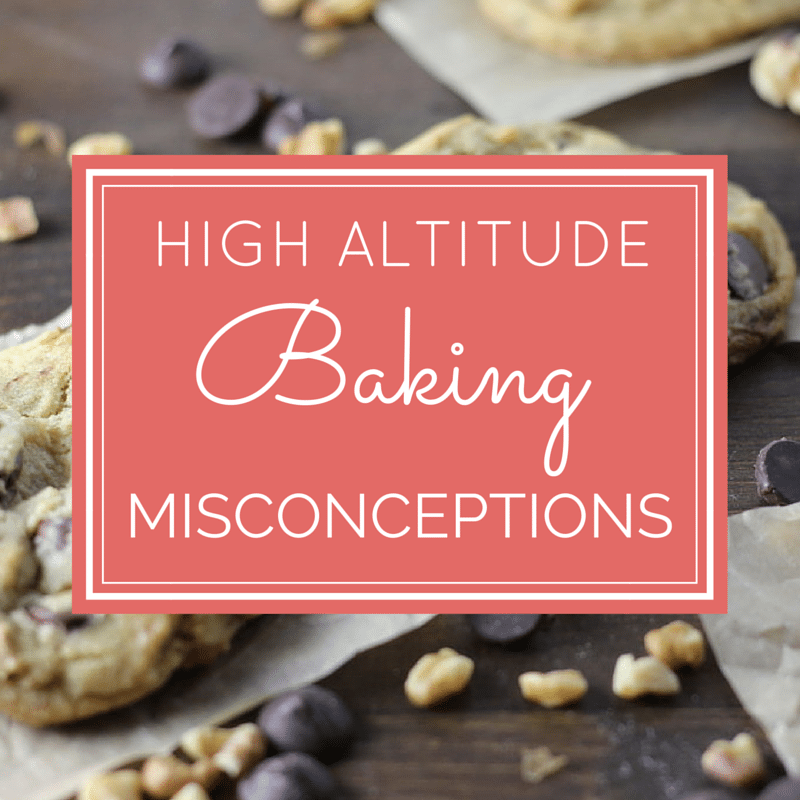

If your cookies are falling apart, even while cooling. Extra liquid keeps products from drying out at higher temperatures and evaporation rates. If you want chewy cookies, instead of crunchy cookies. If your cookies aren’t “standing up.” Increased evaporation also increases the concentration of sugar, which can weaken the structure of what you’re baking. Baking at higher temperatures means products are done sooner. If your cookies are taking forever to bake. If your cookies are turning out over-spread and too crispy or thin. Since leavening and evaporation proceed more quickly, the idea is to use a higher temperature to “set” the structure of baked goods before they overexpand and dry out. See the table below for more details: WHAT TO CHANGE You also might want to bake at a slightly higher temperature and shorten the baking time. Generally, you can increase the water slightly (to help the dough come together,) and to decrease the amount of chemical leavens (baking powder, baking soda) used. The additional flour helps to strengthen the structure of baked goods.Ĭookies bake for a shorter amount of time and are relatively low in water and high in fat, so they’re much less susceptible to the trickery of baking at high-altitude.

In some recipes, a flour with a higher protein content may yield better results. For each additional 1,500 feet, add one more tablespoon. You can also use extra eggs as part of this liquid, depending on the recipe.Įxtra liquid keeps products from drying out at higher temperatures and evaporation rates.Īt 3,500 feet, add 1 more tablespoon per recipe. Increase by 1 1/2 teaspoons for each additional 1,000 feet. Increase by 1 to 2 tablespoons at 3,000 feet. Increased evaporation also increases the concentration of sugar, which can weaken the structure of what you’re baking Since leavening and evaporation proceed more quickly, the idea is to use a higher temperature to “set” the structure of baked goods before they overexpand and dry out.ĭecrease by 5-8 minutes per 30 minutes of baking time.īaking at higher temperatures means products are done sooner. Increase 15 to 25☏ use the lower increase when making chocolate or delicate cakes. General Recipe Changes When Baking at High-Altitude Take notes on what you’ve done, and try the smallest adjustment first when a range is given below. Specifically these will be helpful for making cookies, cakes, quick breads and other quick baked goods (artisan breads and yeasted doughs have another set of high-altitude rules entirely.) The specific climate, and elevation, of your kitchen will impact the recipe modifications you’ll need to make to bake something successfully (which is to say the tweak that works for your neighbor down the road, might not work exactly the same way for you.) So, embrace the fact that you might have to try your favorite recipes a couple of times to get them to your liking. I suggest that, as you start to work with a recipe, you change just one ingredient at a time to see what works for you. So, how do you change a recipe to bake successfully at altitude? I’ve pulled together a couple of rudimentary little charts below to get you cooking. Since water boils faster at higher elevations, the chemical interactions in a recipe are altered because more water is evaporated before its completely baked. Water boils when the pressure created by the molecules exceeds the pressure outside the water (ie: the air pressure.) The higher the altitude, the lower the air pressure, and the lower the boiling point. As the temperature increases, the molecules move faster eventually overcoming the bonds that are holding them together and the water comes to boil. As you might recall from your high school chemistry classes, when heat is applied to water, it motivates the water molecules and they begin to move around. These chemical reactions are sensitive to the air in which you’re preparing them specifically to moisture, temperature and air pressure. Here’s why:Īs you likely have noticed, baking success depends on the specific chemical interactions of several kinds of ingredients: flour, leavening, fats, liquids.
HIGH ALTITUDE BAKING HOW TO
The more we bake there, the more the pantry grows with frequently used ingredients, and desirable pieces of equipment, and the more my recipes morph to have “Montana versions ” since our home base (just outside of Big Sky) is at about 7000ft, I’ve had to manipulate a few of my favorite recipes for the altitude and it occurs to me that a few tips on how to bake successfully at high altitude could be helpful for you, dear readers, because baking at altitude is just….different. Baking has become a huge part of our bi-annual trips to Montana.


 0 kommentar(er)
0 kommentar(er)
